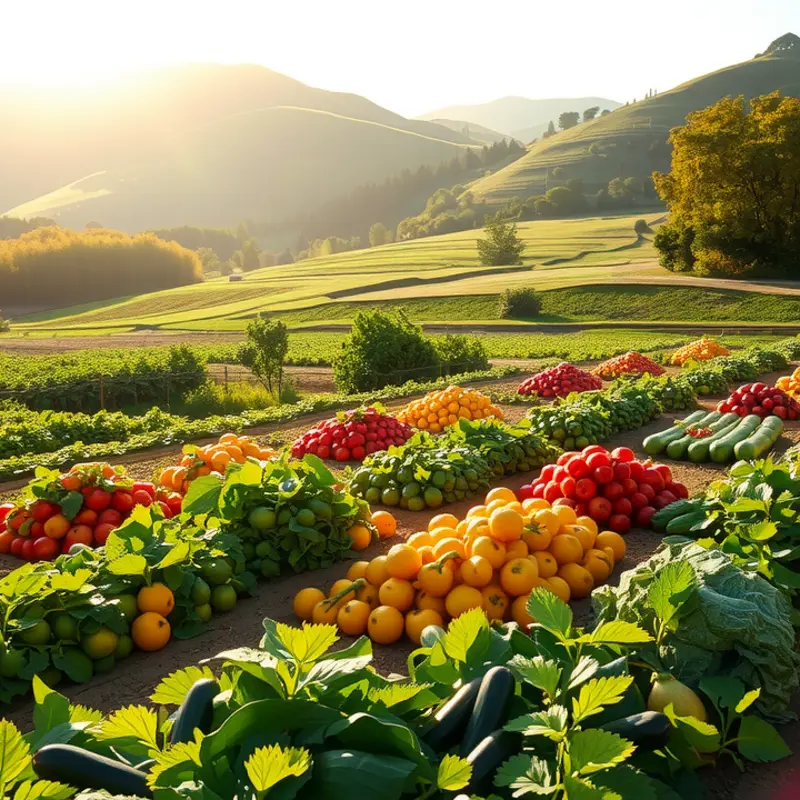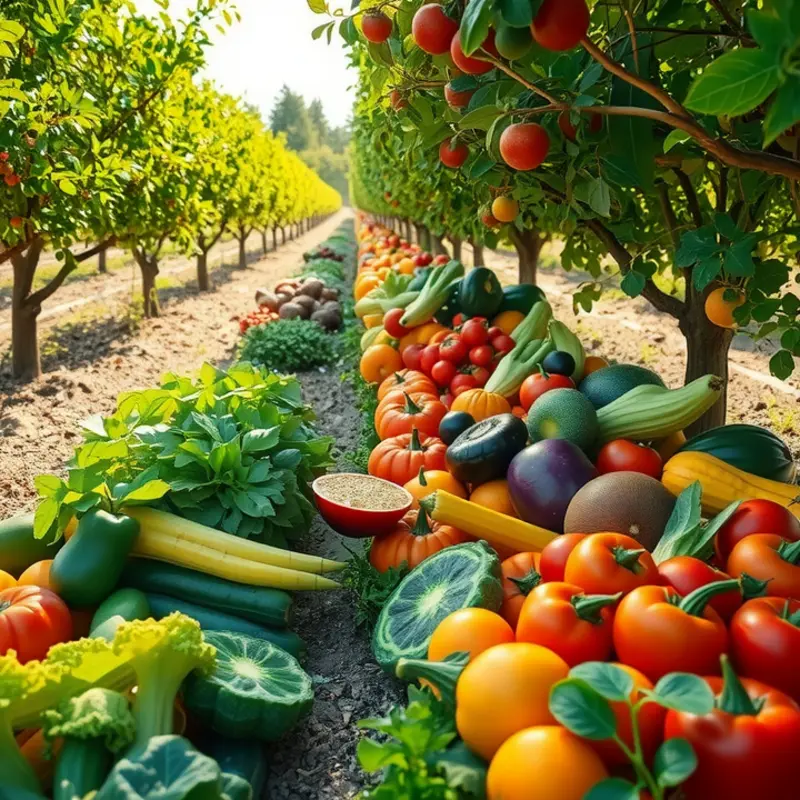Saudi Arabia, a land steeped in history and rich in diverse cultures, offers a culinary landscape that is as vibrant as its deserts. From the aromatic spices that flavor its dishes to the communal rituals of dining, Saudi food customs reflect the deep-rooted traditions of a society that values hospitality, generosity, and connection. Food enthusiasts and culturally curious readers alike will find delight in uncovering the unique aspects of Saudi cuisine, where every meal tells a story and every flavor celebrates heritage.
Feasting with Tradition: The Heart of Saudi Dining

Saudi Arabian dining customs offer a profound sense of community and tradition, where hospitality and sharing are paramount. The values deeply embedded in their culture can be tasted in every dish and witnessed in every communal gathering. Hosting a meal, known locally as kabsah or maqluba, isn’t merely about food; it’s a gesture of warmth, an act of welcoming into one’s home.
When guests arrive, they are greeted with dates and Arabic coffee, setting the tone for an experience centered on generosity and social connection. These are not only tasty treats but symbols of hospitality and goodwill. Dates, rich in nutrients, are a staple in the Saudi diet, offered first to sweeten the palate and signify open-heartedness.
As everyone gathers around a large communal platter, the meal begins. This presentation style encourages sharing, fostering a sense of equality among diners. In Saudi homes, meals are often served on a large tray placed on the floor, allowing everyone to comfortably partake by hand. Eating together in this manner naturally enhances the bonds between family and friends, making the dining experience deeply personal and inclusive.
Central to every feast are dishes like kabsa, a spiced rice dish with meat, and shawarma, a popular street food that has found a special place at home gatherings. The artistry in these dishes is seen in the careful balancing of spices, such as saffron, cinnamon, and black lime, which are key to Saudi cuisine. These flavors are not merely enhancements but cultural markers, telling stories of trade routes and the blending of different peoples throughout history.
Ramadan, the holy month of fasting, amplifies these culinary traditions in vibrant ways. Each evening, families gather to break the fast with iftar, a special meal that begins with dates and water, symbolizing the end of a day’s fasting. The meal is a lively affair, celebrating unity, gratitude, and reflection. During this time, dishes like sambousek, small pastry pockets filled with meat or cheese, and generously seasoned lamb ouzi often take center stage. Communal feasts extend beyond the immediate family, as sharing with neighbors and those in need is a time-honored practice.
Throughout all of these gatherings and meals, two principles remain: the intrinsic value of togetherness and a deep respect for traditional flavors and methods. This reflects a broader narrative of mindful eating linked in this article, where each bite is enjoyed with intention and appreciation. Saudi dining customs remind us of the power of food to not only nourish the body but to also nurture the soul, reaffirming bonds and preserving heritage in every shared meal.
From Spices to Sweets: The Flavors of Saudi Arabia

Saudi cuisine stands as a testament to the rich tapestry of history and culture woven into every meal. At the heart of this tradition are the spices that define the nation’s iconic dishes. One such dish, Kabsa, serves as the apotheosis of Saudi Arabia’s culinary artistry. This fragrant rice-based meal gains its complexity from a harmonious blend of cardamom, cinnamon, black lime, and saffron. Each spice contributes not only to the dish’s aroma but also to its depth—cardamom brings warmth, cinnamon adds sweetness, black lime imparts a subtle tang, and saffron infuses a golden hue.
The mastery of spices extends beyond the savory to the sweet. Baklava, a dessert known throughout the region, carries delicate notes of rosewater and orange blossom, manifesting an interplay between honey’s sweetness and the crunch of finely chopped nuts. Similarly, Maamoul, a date-stuffed delight, wraps ground cardamom and mahleb—a spice from cherry stones—into a buttery embrace.
Saudi dishes often embody stories of cultural exchanges, with influences spanning the Silk Road and beyond. Dishes like Mandi, originating from Yemen, have found a warm embrace in Saudi households. This dish shares similarities with Kabsa but remains distinct through its use of charcoal-cooked lamb, seasoned with a unique blend of cumin, clove, and star anise, woven into the rice it rests upon.
For those eager to explore these culinary delights, understanding the significance of mindful ingredients is key. Each spice is chosen not only for flavor but for its potential health benefits and historical context, echoing a balanced approach found in many global cuisines. Consider the mindful selection of ingredients as noted in discussions of mindful food rituals, which illuminate the care taken in culinary practices.
These meals are more than a blend of flavors—they signify tradition, community, and celebration. Dining in Saudi Arabia often transcends mere sustenance, involving lavish spreads meant to be shared. It’s not uncommon for large gatherings to showcase a diverse range of dishes, each offering a piece of the country’s gastronomical heritage. In many ways, the shared experience of communal dining is as enriching as the food itself, fostering connections and celebrating cultural identity in every bite.
Together, these sensations create a culinary experience that captures the essence of Saudi Arabia, reflecting both the historical pathways of ancient trade and the modern vibrancy of its people.
Final words
The culinary customs of Saudi Arabia are not merely about nourishment; they are a celebration of community, history, and cultural richness. Every meal is an occasion, every flavor a reminder of the nation’s values and heritage. From the sacred rituals surrounding food sharing to the distinct aromas that fill kitchens across the country, Saudi cuisine invites food lovers and cultural enthusiasts alike to experience flavors that have been lovingly crafted over centuries. Embracing these traditions not only enriches the palate but also fosters a deeper appreciation for a culture that holds its culinary heritage close to its heart.








